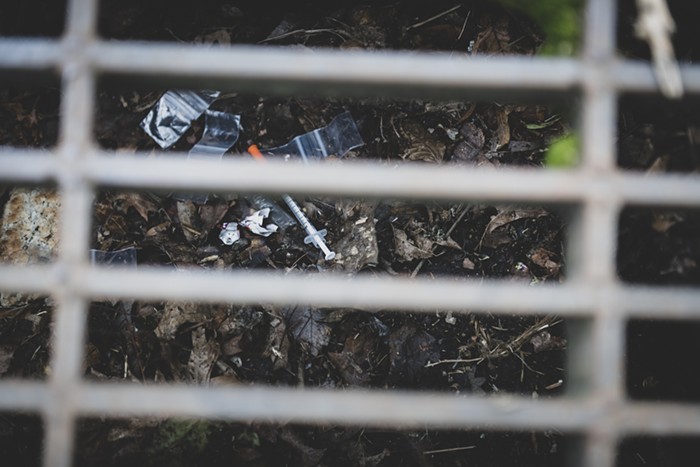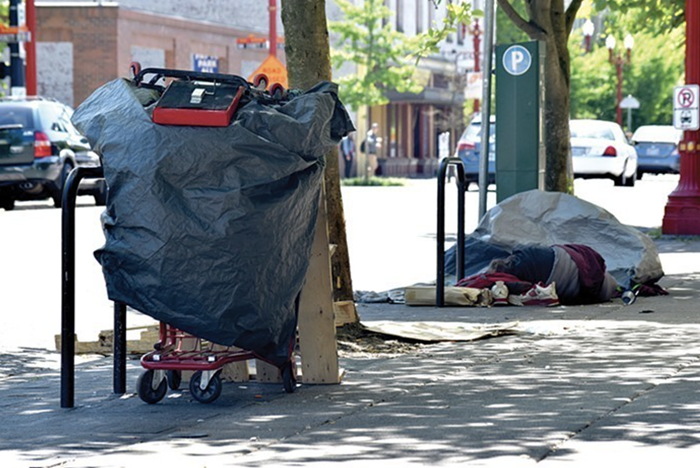THERE ARE 13,982 inmates currently residing in all 14 of Oregon's prisons. Of those prisoners, 6,844 (or 49 percent) have a diagnosed mental illness.
Concerned about the treatment of inmates who have both a mental illness and a drug addiction, the state mandated in January that prisons double their mental health programs' staffing ratio to one staffer for every 10 inmates. Ironically, the move backfired.
Anticipated cuts of up to 25 percent of its budget thanks to the financial crisis, the Oregon Department of Corrections says it will be too expensive to double its mental health staff. Instead, it is cutting the entire transitional treatment program for prisoners suffering from co-occurring mental illnesses and drug addictions. The result will be devastating, say public defenders and mental health advocates.
"It's going to increase the number of people who relapse when they reenter the community," says Bob Joondeph, executive director of Disability Rights Oregon.
"People are going to cycle back [into prison]," agrees Chris Bouneff, the executive director of the Oregon chapter of the National Alliance on Mental Illness.
Three Oregon prisons currently provide 157 beds for the treatment program, which lasts six months or longer and involves group therapy, drug and mental health treatment, and life skills that help prisoners manage their addictions and illnesses. Prisoners are also referred to treatment programs and other services outside of prison.
The department of corrections stopped accepting new inmates into the program this month, and will shut it down by the end of the year.
"Almost all of our clients have co-occurring disorders," says Heather Ackles, Metropolitan Public Defender's alternative sentences advocate. The need for the program is dire, she says. "It's really a shame."
Doubling its mental health staff represented a "huge expense," says Jana Russell, the administrator of the department of corrections' behavioral health programs. Instead of increasing the program's funding, the program's resources are being reallocated to "the highest need," Russell says.
"We had to make some very big and important decisions about how to manage this population," she says.
Russell is not happy about the cut, but states that her first priority is funding treatment for inmates while they are prisoners, rather than programs that help inmates transition back into civilian life.
Russell says mentally ill inmates in Oregon's prison system frequently inflict self-harm, attempt suicide, and experience psychosis.
"The first priority is keeping staff safe, and services that allow people to reenter and not re-offend are second," says Joondeph of Disability Rights Oregon.
It's possible the program will be restored in the future, but the department of corrections could not provide information on how much more money would be needed to reinstate the program, or even how much the program currently costs to run.
Putting together a line-item budget for the department of corrections' mental health and drug addiction treatment programs would be an "administrative nightmare," says Martha McDaniel, the department's budget manager, and it would make the budget less flexible.
Meanwhile, inmates who would have been in the co-occurring treatment program will be housed with the general prison population, or in other mental health or drug treatment programs.
"The treatment won't be as broad," Russell admits.
But Joondeph and Bouneff are skeptical of how effective the care will be for inmates with co-occurring disorders.
Joondeph says, "The vast majority of people in the corrections system with mental illnesses have accompanying substance abuse issues. They need to be addressed together, equally."



















